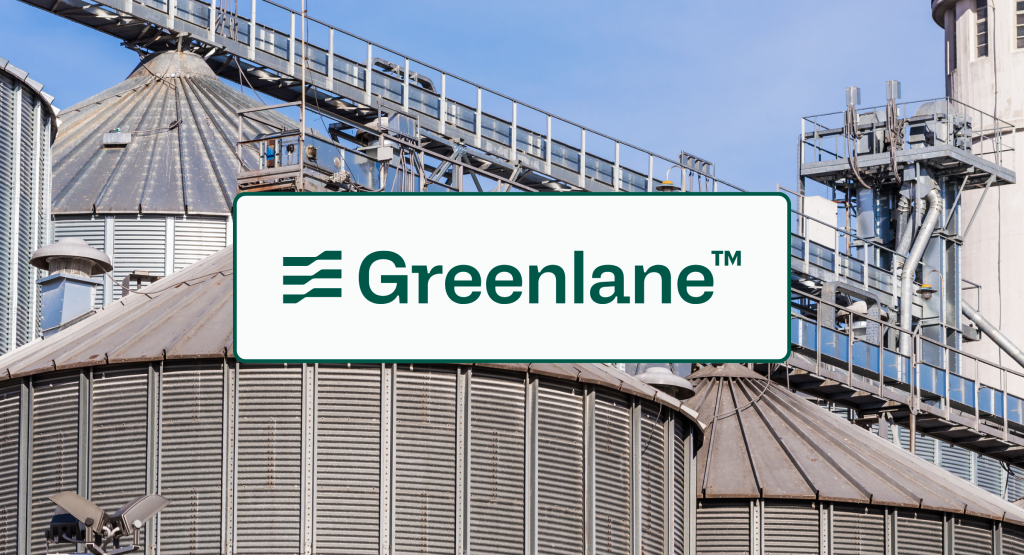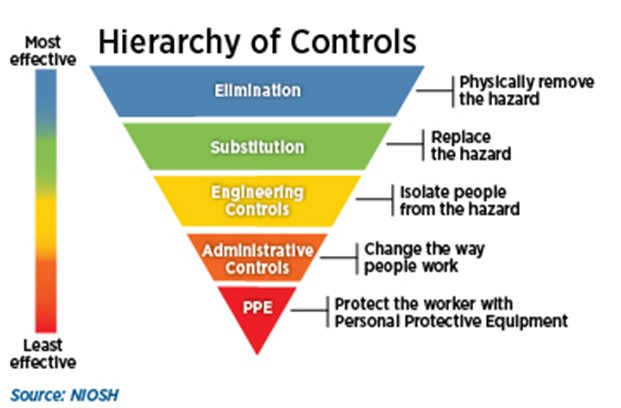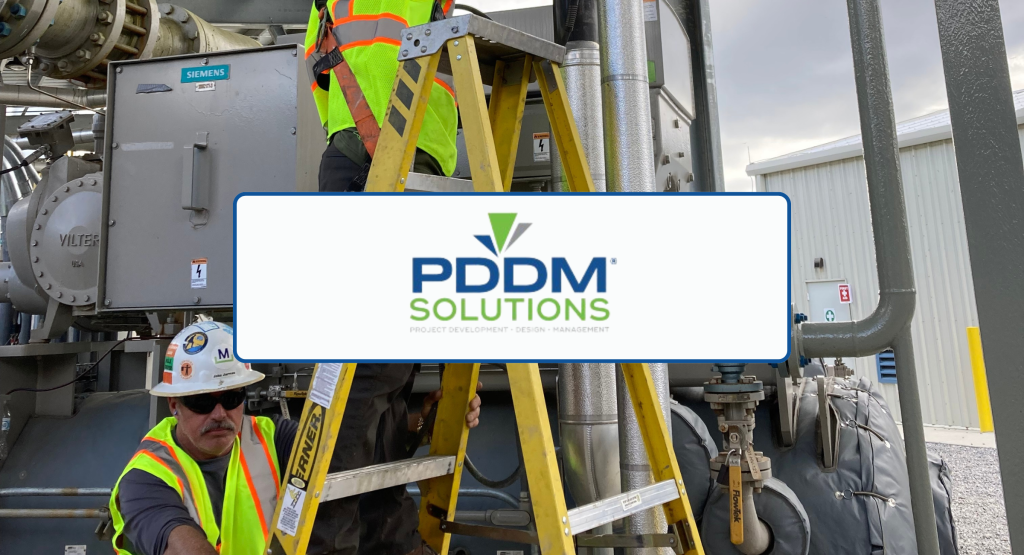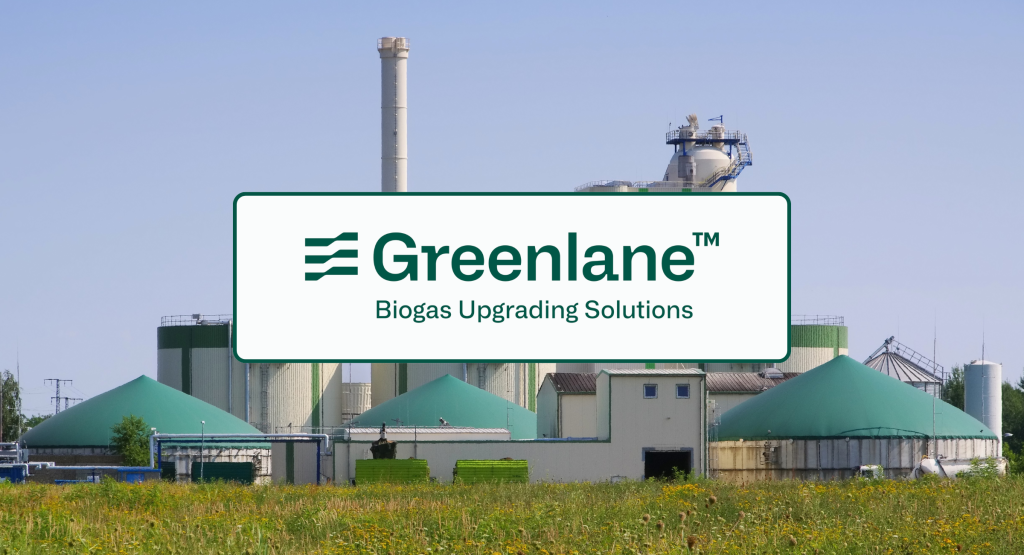Managing the Hazards of Hydrogen Sulfide in Biogas Facilities

Written by Trenton Cloutier, Manager of Health and Safety with assistance from Colin Blair, P.Eng., MA Sc., Product Engineering Manager, Greenlane Renewables
Biogas facilities convert organic waste into sustainable energy but face significant safety risks due to the presence of hydrogen sulfide (H₂S). Understanding H₂S hazards is crucial for developing effective management and mitigation strategies.
From a design perspective, H₂S removal is necessary for transforming raw biogas into high-quality renewable natural gas (RNG). However, from a safety perspective, H₂S poses health risks even at concentrations as low as 20 ppm and creates an Immediately Dangerous to Life or Health (IDLH) environment at 100 ppm. With concentrations often exceeding 2000 ppm in biogas facilities, appropriate mitigation is critical.
Eliminating or substituting H₂S isn’t practical due to its intrinsic part of the feedstock. Therefore, engineering controls such as bulk removal or media-based polishing are commonly used for H₂S reduction. However, these do not mitigate safety hazards for workers.

Engineering Controls and Safety Measures
Whether during the design and construction phase or the operation and maintenance cycle, ensuring worker safety around H₂S is paramount. Facility owners and contractors can evaluate various control strategies to minimize worker exposure, including:
- Engineering: Accessible sample points for gas measurement, energy isolation in design, Lockout/Tagout (LOTO) considerations, H₂S monitoring and alarms, and wind direction indicators.
- Administration: Access to safety procedures for LOTO, communicated strategies to educate workers on H₂S hazards, specific safety training, effective respiratory protection plans, and emergency response plans accounting for H₂S releases. Additionally, informing local emergency services about H₂S presence is crucial to protect first responders.
- Personal Protective Equipment (PPE): Given H₂S’s corrosive, toxic, flammable, and explosive nature, workers should wear Fire-resistant limbs and body protection. Respiratory Protection Equipment (RPE) is mandatory when entering areas with potential H₂S presence or confined spaces containing H₂S-laden liquids. Personal Gas Monitors (PGM) notify workers of H₂S presence, allowing safe evacuation. At Greenlane, PGM technology with cloud-based notification ensures immediate management response during alarm events.
Effective Management Approach
Effective H₂S management in biogas facilities requires a comprehensive approach:
1. Monitoring and Detection: Continuous monitoring of H₂S levels with advanced detection systems enables immediate action if dangerous concentrations are detected.
2. Ventilation and Protective Equipment: Adequate ventilation and PPE for workers mitigate exposure risks.
3. Gas Cleaning Technologies: Effective H2S removal is essential for biogas upgrading. Greenlane’s Cascade H2S product line delivers a robust and cost-effective regenerative biogas desulfurization solution for projects where the goal is low operating expense.
4. Training and Emergency Preparedness: Regular worker training on H₂S hazards, proper handling procedures, and emergency response plans significantly reduce health and safety risks.
Hydrogen sulfide poses substantial hazards in biogas facilities, affecting health, safety, and operational efficiency. Addressing these challenges requires continuous monitoring, effective gas-cleaning technologies, stringent safety protocols, and comprehensive training programs. By implementing these measures, facilities can ensure safe and efficient biogas production, contributing to a cleaner and more sustainable energy future.
To learn more, read our Safety Magazine.





Comments